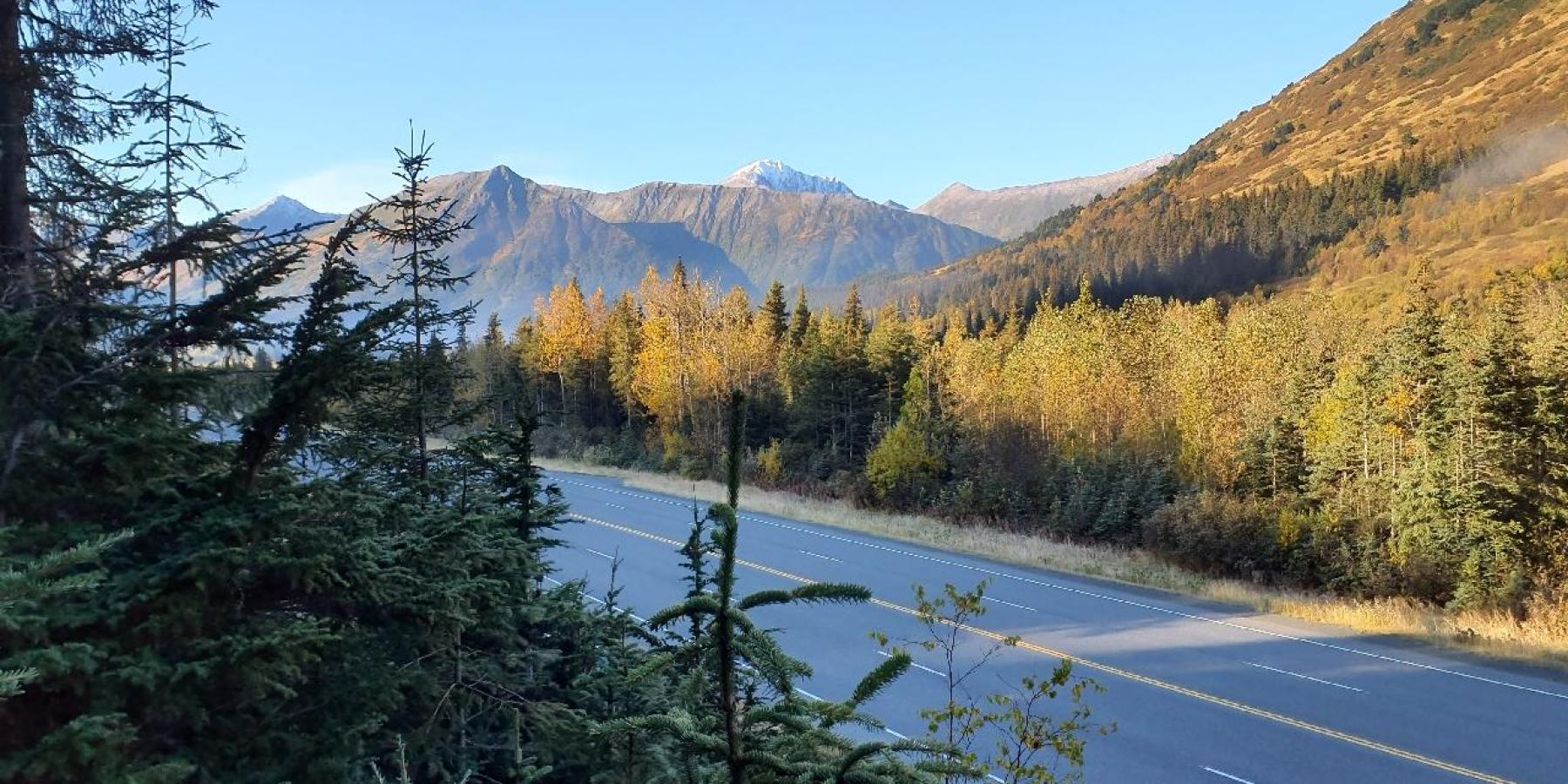
Support
Polar Amplification (PA) has caused a significant warming trend in Alaska, with temperatures rising by 3°F compared to a more modest 1.8°F increase in the contiguous United States since approximately 1900 (Stewart et al., 2022). In the context of this escalating impact on delicate ecosystems, tree-ring studies in boreal forests can serve as invaluable tools for decoding regional climate patterns. To further examine the boreal forest's reaction to PA, we analyzed the Silvertip black spruce (Picea mariana) chronology spanning from 1749 to 2023 (Stewart et al., 2024). Using the statistical programs DendroClim2002 and XLSTAT 2024, we correlated this chronology with regional weather records and various climate and astronomical drivers. Analyses conducted with DendroClim2002 revealed significant positive correlations (P < .05) between ring width and minimum temperatures during the pre-growth months of November, February, and March. Additionally, a positive relationship (P < .05) was found between ring width and the Pacific Decadal Oscillation (PDO) in the pre-growth months of January, February, March, and April. Spectral analysis of the chronology further revealed a statistically significant link to the 11-year solar cycle (P < .0001). These correlations are indicative of warmer early- morning temperatures outside the traditional growing season on the Kenai Peninsula. This heightened warming, which can be attributed to PA, fosters increased precipitation and earlier thaws; thereby, facilitating an earlier and potentially prolonged growth season for black spruce in the subarctic ecozone. Prolonging the growing season through Polar Amplification may unlock the potential of boreal forests to become even greater carbon sinks (cf. Wang et al., 2023).

